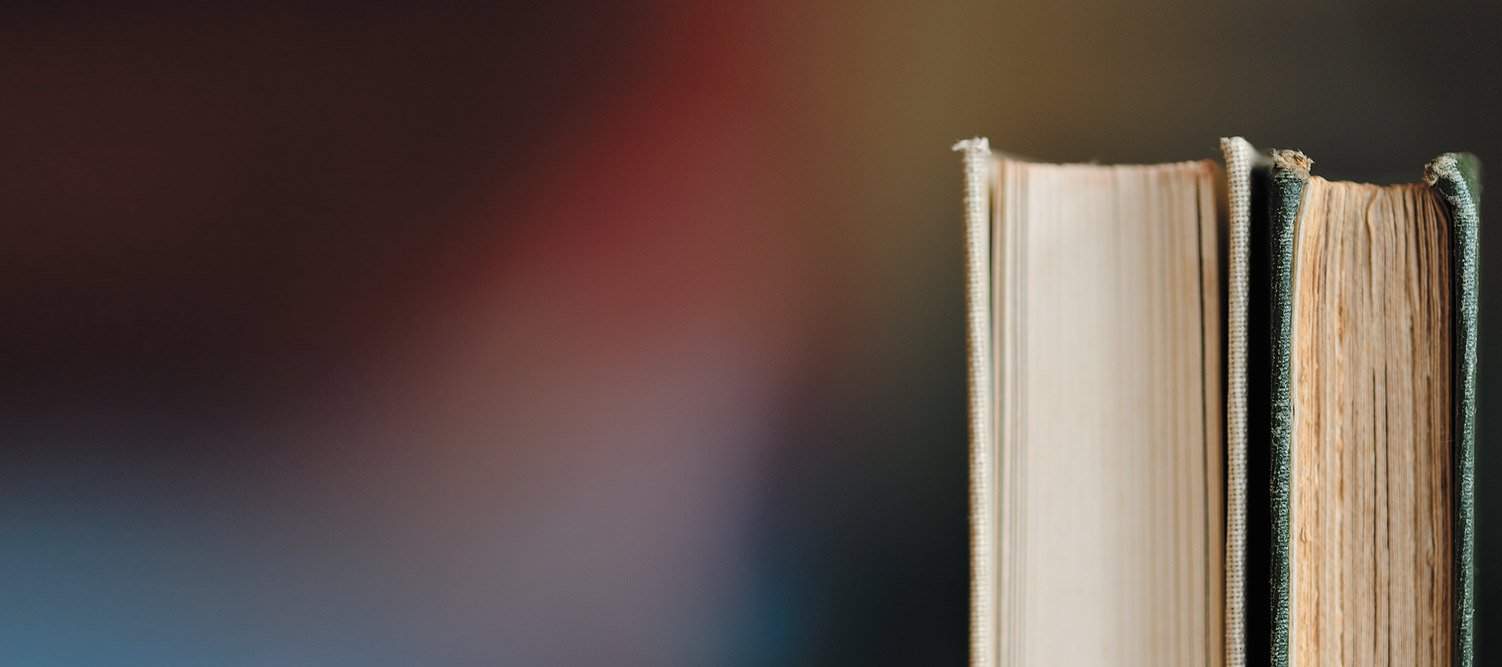
MA Reading Lists
and Course Descriptions

Sadly, the MA (M(Res)) in Children’s Literature has been closed by the University of Reading and is no longer accepting applications for 2025-26. Anyone who has already applied will receive formal notification from the University in due course. This website will remain live for CIRCL PhD and academic research.
‘Myth, Folktale and Popular Culture in Children’s Literature’ Reading List
This module began with the discussion of the oral tradition for children and the place of myth and folktale within it. The first half of the module concentrated on the folktale and fairy-tale. Topics for discussion included: the main theories of folktales and fairytales; the work of Perrault and the Grimms; Nineteenth Century fairytales; folktale and women; the way European folktales have been reworked for children in different forms (including the animated films of Disney and others) in this century; and folktales from different parts of the world.
The module concluded with discussion of different theories of myth and the influence of certain mythical stories or collections of myth on contemporary children’s literature.
In preparation for this first half of the module the following texts were normally set:
Maria Tatar, The Classic Fairy Tales (Norton Critical Editions) — please note that this is *not* the same text as Tatar’s The Annotated Classic Fairy Tales!
L. Frank Baum, The Wizard of Oz (any non-abbreviated edition)
Alan Garner, The Owl Service (any edition)
Please also watch the following films:
The Princess Bride (1987; dir. Rob Reiner)
Shrek (2001, dirs. Vicky Jensen, Andrew Adamson).
The second half of the module aimed to examine texts that may, in a variety of ways, be seen as ‘popular’ as well as cover a range of children’s media, including film, radio and television as well as computer and video games, raising questions about how to interpret and analyse such texts. Further, critical works were analysed to see how they define and approach electronic texts, and to consider assumptions they may make about differences in approach to film, radio, television, and ‘book texts’. The implications of these discussions were also extended to thinking about ‘new media’ (computer games and so on).
Further materials studied includes books published in series (Goosebumps, Babysitters); books marketed by genre (Point Horror); comics, magazines and media.
Through these texts, important questions of critical approach were raised. These included questions of value and hierarchy, the construction of ‘authors’ and authority, notions of originality and repetition, ideas of the ‘contemporary’.
Above all, the very idea of the ‘popular’ was carefully considered. How does it function in existing critical languages? Is it thought a part of, or as apart from, children’s literature? Where would one place Enid Blyton or Roald Dahl? Disputed cases such as these helped to mark out the frontiers of debate.
This suggested outline may be modified to take into account specific interests of the students. The reading list for this course therefore may include the materials mentioned here, with further material selected by, and with, the students.
